Let me preface all of this by saying that the NFL isn’t going anywhere, not now, nor anytime in the foreseeable future. It will continue to dominate airwaves and infiltrate homes across the nation on Sundays, resulting in fanatical traditions, passed down from generation-to-generation.
That being said, the 2016-17 season was undoubtedly a down year for the gridiron gang. The regular season saw an 8 percent decrease in TV ratings compared with the 2015-16 season, as well as 1.4 million fewer viewers.
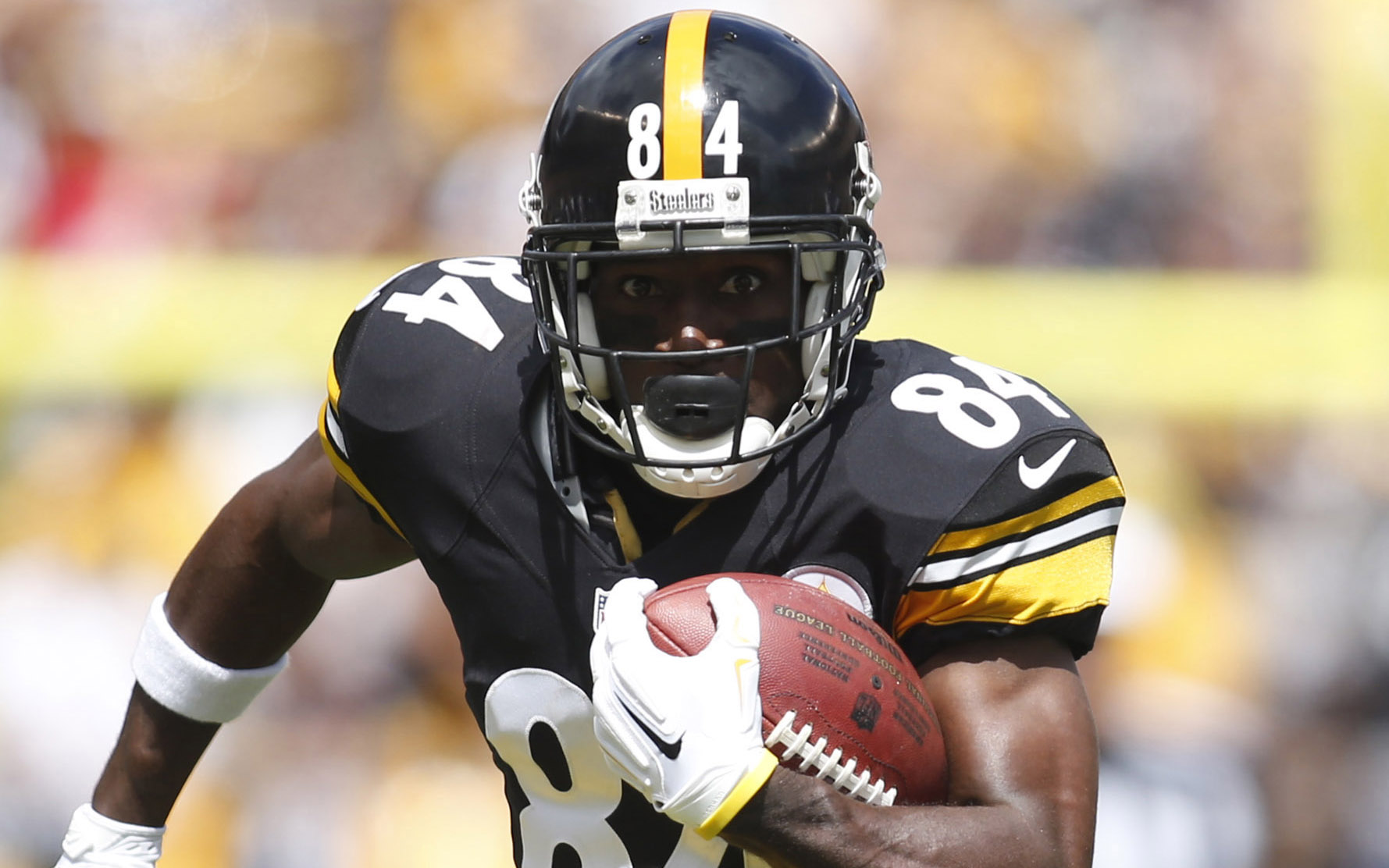
Following a relatively poor regular season was a horrific post-season, ripe with blowouts, idiotic scandals—courtesy of Antonio Brown and the New York Giants—and anemic performances.
In particular, championship weekend, as a neutral football fan, with my Broncos watching the playoffs from home, was incredibly disappointing, as the hype that resulted from the opportunity to produce two legendary games from four Hall of Fame quarterbacks instead fell flat on its face, producing only two massive blowouts that were over by halftime.
Without the instant classic that came from the divisional round, when Aaron Rodgers shocked the Dallas Cowboys in a moment of pure insanity, there arguably was not a watchable game in the bunch.
The NFL really can’t afford to have a forgettable season, or really anything less than a monumental super bowl. A historic season in the MLB, and an absolute nutty season in the NBA, accompanied by the unanswered questions of the NFL moving forward, may be enough to shove the league off its heralded throne as the most popular sport in the U.S.
California Love
Arguably the biggest question mark going forward in the NFL is the location of some of the proudest franchises. The 2016-17 season marked the return of the Rams to L.A. A return to the spotlight, along with a highly-touted rookie QB, seemed to be a sure recipe for throwing the long-hurting Rams franchise back into contention. Nope.
The sudden return of football excitement in L.A. was met with atrocious play, with the Rams playing arguable the worst football of the season. The Goff redshirt experiment turned into a cataclysmic disaster, as coach Jeff Fisher was forced to shove him into the grind in week 11, finishing the year off with 1,089 yards, 5 TDs and 7 interceptions, not exactly anything to write home about.
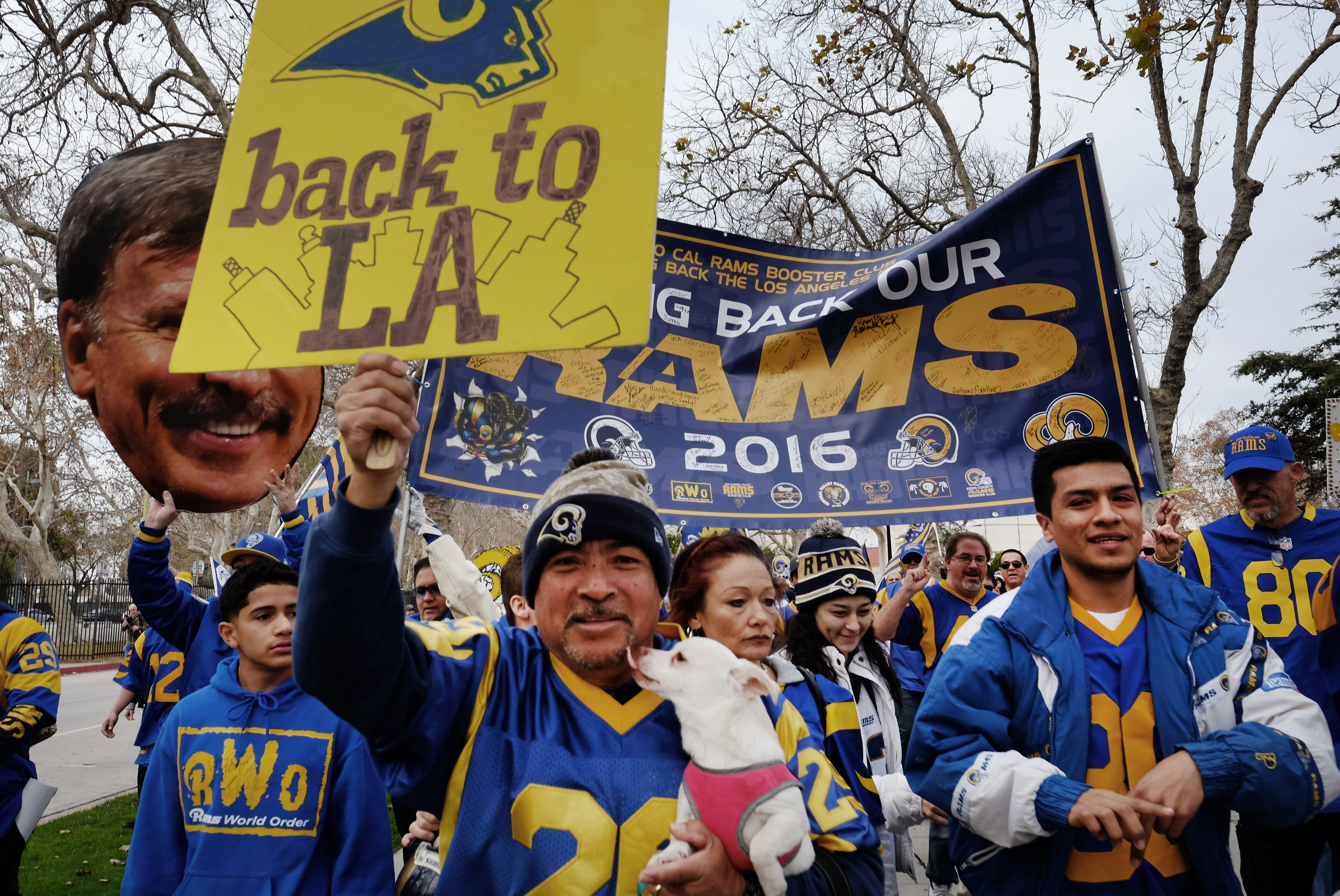
Any other spark of hope given by previous Rams seasons was extinguished. Todd Gurley? Stunk. The sexy, hard-hitting D? Vulnerable. The spotlight crushed the Rams’ hopes and dreams into oblivion, resulting in the abrupt closure of the much-maligned Fisher regime.
Next season, before the unveiling of the $2.9 billion Inglewood mammoth in 2019, the Chargers will join the Rams in the L.A. Coliseum. After leaving diehard fan bases in St. Louis and San Diego for a city whose most popular teams are the 49ers, the Raiders and the Cowboys—yes, the Dallas Cowboys—the question remains: Why?
Fucking why?
The answer for the Rams may be simpler than people are making it out to be: A property deal initiated by Stan Kroenke in an attempt to seize the long vacant L.A. market. Kroenke wanted a shiny new stadium in the second-largest sports market in the country, loyalty be damned.
If that’s the case for the Rams, what were the Chargers thinking? Sharing a stadium in a suddenly-crowded market in a city that I’m still unconvinced is a football town? For a league that is undoubtedly owned and operated to expand the owners’ coffers, this is a new low. Oh, and the Raiders might end up in Las Vegas. God dammit.
Thursday Night Failure
Did anyone really think that installing colorful jerseys (though there were some awesome ones) would save a deeply flawed product? Thursday Night Football in 2016, as always, was a terrible, unwatchable imposter posing as a football game. No gimmicks or network tweaks could change the simple fact that the product is rushed.
Despite the fact that audiences saw some decent games (week 13 Cowboy v. Vikings and week 16 Giants v. Eagles), the players only have four days to recover from their previous game. The NFL is not a sport in which you can take for granted the amount of rest and recovery time that players need to be successful. Professional footballers literally get paid boatloads of money to beat the living shit out of one other on a game-by-game basis; as a result, they will simply never be prepared coming off of only four days’ rest.
Game plans are also hampered by the short turnover. With only four days to prepare, teams simply don’t have enough time in the film room and on the practice field to develop the best possible game plan. So much preparation goes into every designed play, week in and week out. With only four days’ prep time, resulting in what are inevitably half-prepared game plans on either side, you’re always going to see a lackluster product.
The only reasonable approach to saving Thursday Night Football is expanding the prep time, and obviously with the Thursday night format the only way that is possible is if teams would play their Thursday night games coming off a bye week. Doing so would allow the players to rest, and the coaches to better develop their game plans.
But, to be fair, the best solution is for the NFL to wash their hands of the whole screw-up and discontinue TNF permanently.
The Longevity of Football
It was Patrick Willis in 2015 and Calvin Johnson in 2016. It was Jerod Mayo and B.J. Raji forfeiting what could have been their prime years. It was Chris Borland, Jake Locker, Jason Worilds and Anthony Davis all retiring before their 30th birthdays.
With the threat of CTE looming, NFL stars are dropping like flies.
In an unprecedented move, many NFL players are turning down fame and fortune in favor of maintaining a semblance of their future health. Is it really worth it anymore? According to a recent Boston University study, CTE was found in 90 of 94 former NFL players.
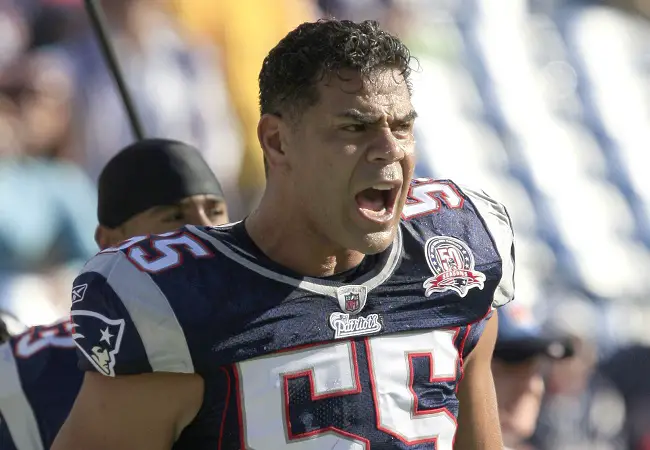
CTE, or Chronic Traumatic Encephalopathy, can induce dementia, amnesia and depression. On May 2, 2012, beloved former-NFL-player Junior Seau shot himself in the heart, killing himself just three years after his retirement. Then, in December of the same year, then-Chiefs player Javon Belcher shot and killed the mother of his 3-month-old daughter, then himself, in front of his coaches outside of the Chiefs’ practice facility. In the midst of immense controversy and years of research collected (and actively denied), the NFL, on March 15, 2016, finally officially acknowledged a link with football play and CTE. Too little, too late.
As NFL-career-length is beginning to severely drop, so too is participation in Pop Warner football. Since 2009, youth (ages 6-17) tackle football leagues are experiencing an existential crisis. In 2009, the number of youth players stood at 3.96 million; by 2015, the number had dropped 700,000 to 3.21 million.
To contextualize those numbers, a timeline: In 2002, Dr. Bennet Omalu (the Nigerian doctor who is portrayed by Will Smith in the Hollywood flop “Concussion,”) coined the term “CTE” after finding an accumulation of the tau protein in the brain of former Steelers great Mike Webster.
In 2009, the NFL admitted concussions led to “long-term problems,” which resulted in a deluge of lawsuits. The NFL would pay off the consolidated lawsuits for a total of $765 million to the former players, without admitting liability (of course) in 2013, a year after the tragic deaths of Seau and Belcher.
The NFL lost big in the P.R. department, as the media covered, and is continuing to cover, everything from the suicides of notable NFL players to implementation of concussion protocol. With the NFL’s dirty laundry on tape for all to see, the image of the NFL and tackle football is going down the toilet, especially in the minds of parents, who may be scared off by the possibility CTE.
With hardened veterans retiring before their primes, and fewer and fewer kids playing football, the NFL talent pool will surely be affected. What happens to the NFL if the next Tom Brady retires before his prime? What happens to the NFL if the next Jerry Rice is never allowed to play? Worse yet, what happens when the next NFL superstar kills himself?
Will the NFL survive the CTE scare? Absolutely. Will the product be affected? Without question.


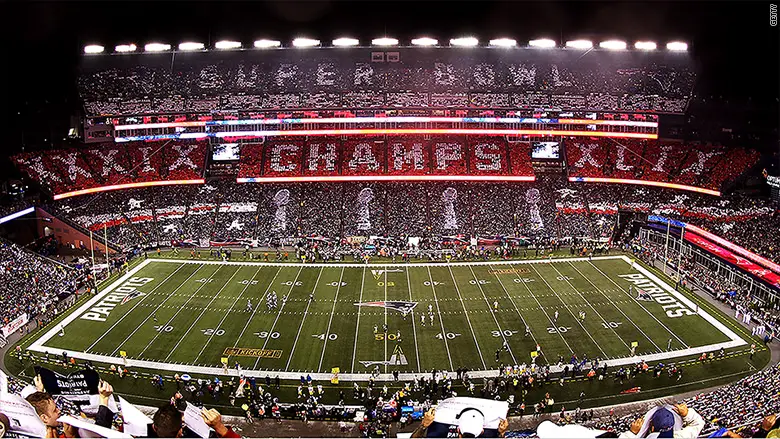


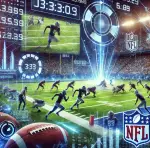

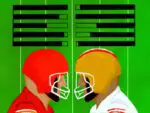










some good supporting arguments, Miguel, though, for me, the unpredictability of each season keeps making the sport interesting. Look at Dallas’ rise this year and Carolina’s fall, for example.